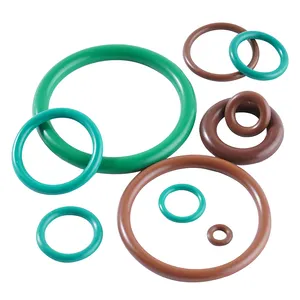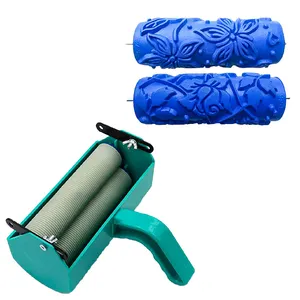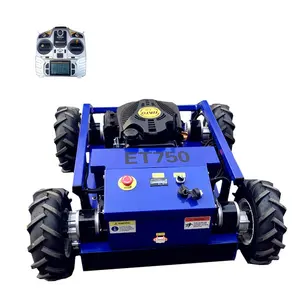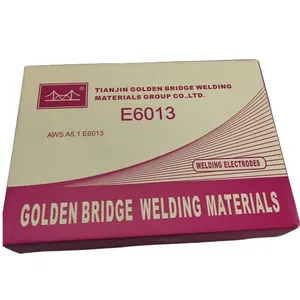Popular in your industry

































































Related Searches:






































































































Top categories
About clamped angle seat valve
Understanding Clamped Angle Seat Valves
Angle seat valves are pivotal components in controlling fluid flow in various industrial applications. The clamped angle seat valve is a specific type of valve known for its robust design and versatility. This valve operates by changing the flow of the medium at an angle, which is particularly beneficial for systems where space and flow efficiency are critical.
Types and Materials
There are several types of angle seat valves, each suited to specific applications and media. The stainless steel angle seat valve is renowned for its corrosion resistance and durability, making it ideal for aggressive environments. Clamped connections in these valves facilitate maintenance and cleaning, ensuring they meet various industry standards for hygiene and performance.
Applications and Features
The pneumatic angle seat valve is commonly used in applications requiring precise flow control. With its pneumatic actuator, it offers a swift response and can be used in automated systems. The versatility of the clamped angle seat valve extends to numerous sectors, including water treatment, food and beverage processing, and pharmaceuticals, where sanitary conditions are paramount.
Advantages of Clamped Angle Seat Valves
One of the main advantages of the angle seat valve with tri-clamp is its ease of installation and removal, which is particularly useful in systems requiring frequent disassembly. Moreover, the design minimizes fluid resistance, leading to a more efficient flow. The clamped angle seat valve also boasts a long service life, reducing the need for frequent replacements and maintenance.
Selection Considerations
When selecting a clamped angle seat valve, it is crucial to consider the media it will regulate, the operating temperature range, and the required flow capacity. The material of the valve should be compatible with the media to prevent corrosion or contamination. Additionally, the valve's actuator type should align with the intended control system, whether manual or automated.
Conclusion
In conclusion, the clamped angle seat valve is a versatile and efficient solution for fluid control in various industrial applications. Its design and material options offer reliability and adaptability to meet the needs of complex systems. When choosing the appropriate valve, it is essential to assess the specific requirements of the application to ensure optimal performance and longevity.



























































